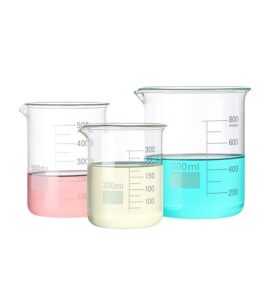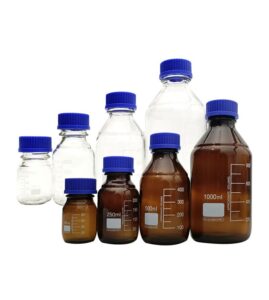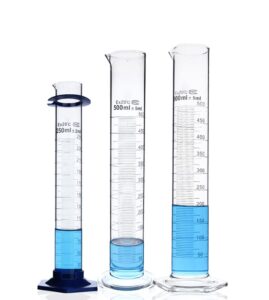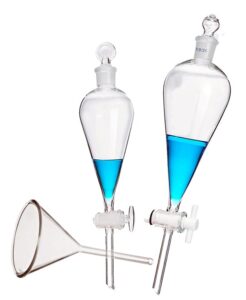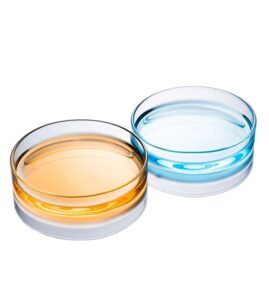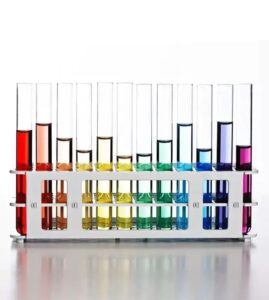Have you ever wondered how scientists and researchers manage to precisely concentrate solutions or remove solvents? What’s the secret behind their meticulous technique? Imagine a world of intricate glassware, bubbling liquids, and the delicate dance of evaporation. Intrigued?
In the realm of laboratory techniques, mastering the use of glass evaporating dishes is a fundamental skill. It’s about understanding the nuances of heat, evaporation, and concentration. This guide is your key to unlocking these mysteries. It promises to keep your scientific curiosity alive and thriving, leading you through a journey of discovery and precision.
What is an Evaporating Dish
An evaporating dish is a piece of laboratory glassware used for the evaporation of solutions and suspensions to concentrate the solute or to produce a dry sample. Typically made of borosilicate glass, these dishes can withstand high temperatures and are resistant to thermal shock.
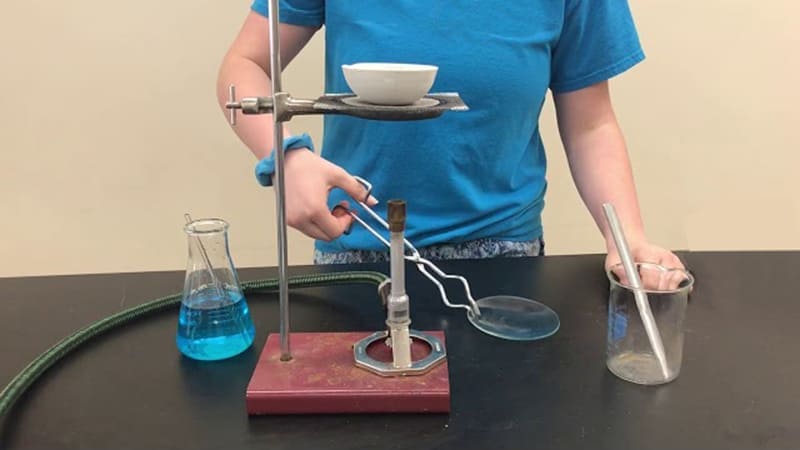
Optimal Techniques for Using Glass Evaporating Dishes in Laboratory Experiments
Correct usage of glass evaporating dishes is a crucial aspect of conducting evaporation concentration experiments. Here is the right method and precautions for using glass evaporating dishes:
Preparation Stage
- Understanding Experimental Requirements: Before starting the experiment, it is essential to understand the requirements and procedural steps. This helps in selecting the appropriate evaporating dish and heating equipment, ensuring the experiment’s safety and accuracy.
- Choosing the Right Evaporating Dish: Select a suitable evaporating dish based on the required volume and material for the experiment. Common materials include glass, ceramic, and quartz, each suited to different experimental needs. Glass evaporating dishes are commonly used in general experiments. The choice should be based on the experiment’s requirements and the nature of the substance being heated.
- Preparing Heating Equipment: Choose appropriate heating equipment, such as electric heating plates, hot water baths, or gas stoves, considering factors like temperature control range, heating speed, and safety.
- Preparing Reagents and Instruments: Prepare the necessary reagents and instruments, like measuring cylinders, beakers, glass rods, and stirrers. Pay attention to the storage and usage methods of reagents to avoid contamination or hazards.
Operational Stage
- Cleaning the Evaporating Dish: Clean the dish before use to remove impurities and residues. Use detergents, rinse with water, or sterilize with alcohol or high-temperature methods. Ensure the dish is dry and check for damage or residues that could affect the experiment.
- Adding the Correct Amount of Liquid: Pour the solution to be evaporated into the dish, ensuring it does not exceed two-thirds of the dish’s volume to prevent spillage during heating. Pour slowly and evenly to avoid bubbles or spills.
- Controlling the Heat: Control the heat during evaporation to ensure a slow and steady process. Use a low or medium flame and adjust the heating temperature and duration to achieve the desired concentration.
- Observing Experimental Phenomena: Monitor changes in the solution, like crystal formation or concentration. If necessary, gently stir to prevent localized overheating or spillage.
- Adjusting Heating Temperature and Duration: Adjust the heating based on experimental requirements and the solution’s properties. Avoid completely drying out the solution to prevent affecting the results.
- Waiting for Evaporation to Complete: After evaporation, cool the dish to room temperature and observe the results. If crystals form, use a glass rod or stirrer for separation and collection. Continue concentrating or add solvents for separation and purification if needed.
Precautions
- Follow Laboratory Regulations: Adhere to lab rules and seek approval for hazardous operations to ensure safety and standardization.
- Use Compatible Equipment Correctly: Ensure compatibility with stirrers and glass rods and use them correctly to avoid damage or experimental errors.
- Avoid Overheating: Prevent the dish from overheating and ensure it has a flat bottom for even heat distribution.
- Safety Practices: Follow safety protocols, place the dish on a stable surface, use suitable heating devices, and avoid flammable or explosive items.
- Personal Protection: Wear gloves, goggles, and other protective gear, especially when handling corrosive or irritating liquids.
- Direct Heating of Salts and Gradual Cooling: Heat salts directly but avoid sudden cooling to prevent the dish from breaking.
- Use Tongs for Handling: Use crucible tongs to handle the hot dish and prevent burns or accidents.
- Dry Storage: Store the dish dry to prevent corrosion or deterioration. Avoid long-term exposure to moisture, air, or on lab benches.
- Labeling: Label the dish for specific experiments or reagents to avoid confusion or misuse. Maintain label integrity.
- Observation and Regulation: Continuously monitor the solution during heating, adjust the temperature and duration as needed, and avoid excessive boiling. Record observations for data analysis and research, adhering to safety and procedural guidelines.
The correct use of glass evaporating dishes requires attention to various aspects such as contamination prevention, temperature monitoring, and adherence to laboratory standards to ensure the accuracy and safety of experiments.
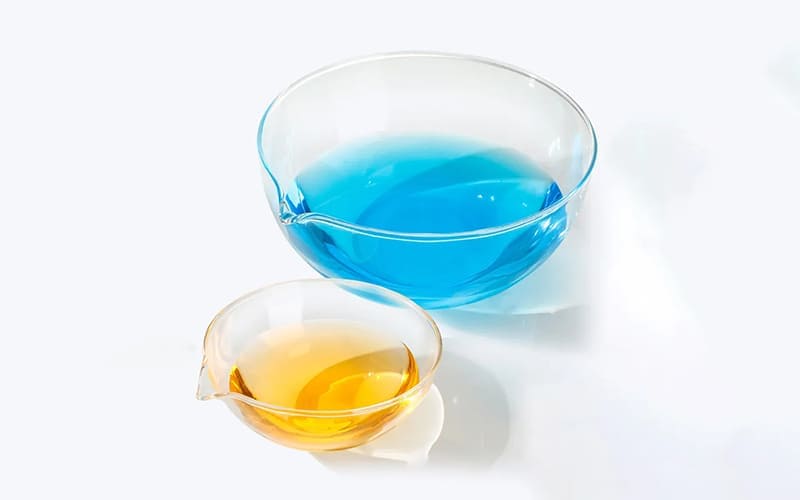
Why Use Glass Evaporating Dishes
Glass evaporating dishes offer several benefits:
- Chemical Resistance: Glass is inert and does not react with most chemicals.
- Uniform Heating: Provides even heat distribution.
- Visibility: Allows for clear observation of the evaporation process.
- Durability: Resistant to thermal shock and mechanical stress.
Avoiding Common Mistakes in Evaporating Dish Usage
- Overheating: Can lead to loss of material and glass breakage.
- Using Damaged Dishes: Compromises safety and experiment accuracy.
- Poor Cleaning: Residues can contaminate future experiments.
Mastering Advanced Techniques with Evaporating Dishes
Once you are comfortable with the basic use of evaporating dishes, consider these advanced techniques:
- Controlled Evaporation: Adjust the heat to control the rate of evaporation. This is crucial for heat-sensitive materials.
- Sequential Evaporation: For mixtures, use sequential evaporation to separate components with different boiling points.
- Use of Desiccators: After evaporation, use a desiccator to remove the last traces of moisture from the dry residue.
These techniques require patience and practice but significantly enhance the efficiency and precision of your lab work.
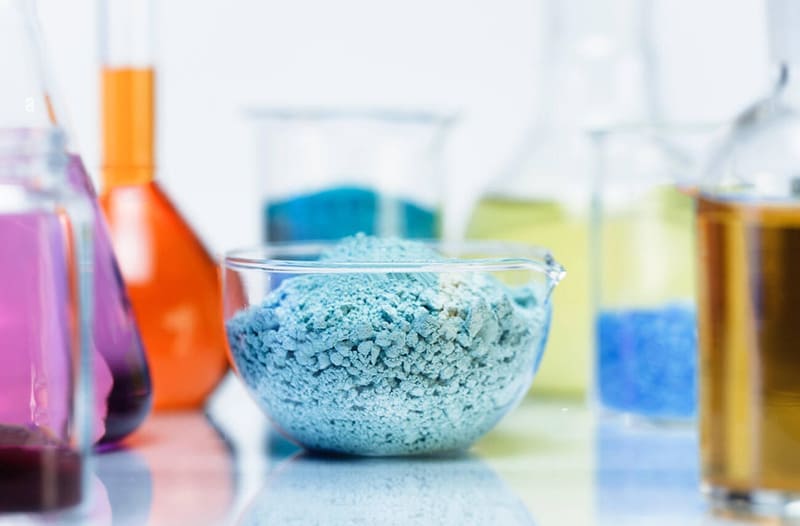
Comparative Analysis: Glass Evaporating Dishes vs. Other Evaporation Techniques and Tools
When it comes to laboratory evaporation techniques, various options are available, each with its unique set of characteristics. Understanding how glass evaporating dishes stand out in comparison to other methods is crucial for laboratory practitioners.
- Glass Evaporating Dishes vs. Rotary Evaporators: Rotary evaporators are commonly used for solvent removal, especially in organic chemistry labs. They are ideal for handling larger volumes and can work under reduced pressure, which is excellent for heat-sensitive materials. However, glass evaporating dishes are superior when it comes to simplicity and cost-effectiveness. They don’t require electricity, are easy to set up, and are ideal for small-scale evaporation tasks.
- Glass Dishes vs. Vacuum Evaporation: Vacuum evaporation techniques involve removing solvents under reduced pressure, which significantly speeds up the process and reduces the boiling point of the solvents. While effective for large-scale and rapid evaporation, vacuum methods can be complex and expensive. Glass evaporating dishes, in contrast, offer a more straightforward and accessible approach for everyday laboratory use.
- Compared to Drying Ovens: Drying ovens are used for removing moisture from samples, which is a form of evaporation. While they are excellent for drying solid samples evenly, they are not suitable for concentrating solutions. Glass evaporating dishes allow for the direct observation of the evaporation process, making them preferable for tasks requiring precision and control.
- Glass Dishes and Distillation Setups: Distillation is a method used for separating mixtures based on differences in volatility. While distillation setups are essential for separating liquid mixtures, they are more complex and less efficient for simple solvent removal or sample concentration tasks. Glass evaporating dishes provide a more direct and practical approach for such purposes.
Glass evaporating dishes offer unique advantages of simplicity, cost-effectiveness, ease of observation, and suitability for small-scale applications. While other techniques have their specific uses, particularly in industrial or specialized research settings, the humble glass evaporating dish remains a fundamental and versatile tool in the laboratory.
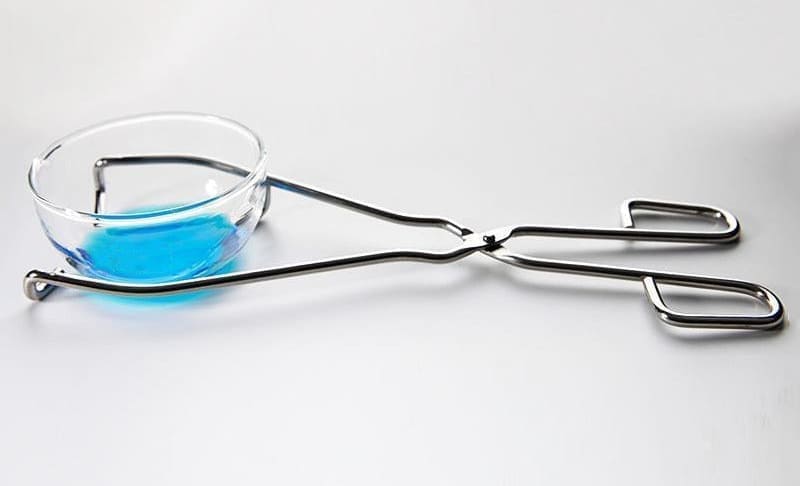
Enhancing Laboratory Skills: Integrating Evaporating Dishes with Other Techniques
Glass evaporating dishes are often used in conjunction with other lab techniques. Understanding these relationships is crucial:
- Chromatography: Used post-chromatography for solvent removal.
- Spectroscopy: Evaporated samples are often analyzed using various spectroscopy techniques.
- Titration: Concentrated solutions from evaporating dishes can be used for titration experiments.
Mastering these integrations expands your capabilities as a researcher or technician.
Best Practices for Cleaning and Maintenance of Glass Evaporating Dishes
Maintaining your glass evaporating dishes is essential for their longevity and for accurate experimental results:
- Immediate Cleaning: Rinse the dish immediately after use to prevent residue from hardening.
- Proper Detergents: Use lab-grade detergents to avoid chemical contamination.
- Regular Inspection: Check for cracks or chips regularly. Damaged dishes should be discarded.
A well-maintained evaporating dish is a reliable tool in any laboratory setting.
Prioritizing Safety When Using Glass Evaporating Dishes
Working with evaporating dishes involves high temperatures and potentially hazardous materials. Always prioritize safety:
- Use Protective Gear: Wear lab coats, gloves, and safety goggles.
- Avoid Direct Flame: When using a Bunsen burner, avoid placing the dish directly in the flame. Use a wire gauze to distribute heat evenly.
- Proper Ventilation: Ensure good lab ventilation to avoid inhalation of fumes.
Remember, safety is paramount in any lab environment.
FAQs about Evaporating Dishes
Q: Can I use plastic dishes instead of glass?
A: No, plastic dishes cannot withstand high temperatures and may release harmful fumes.
Q: How do I know when evaporation is complete?
A: Evaporation is complete when no visible liquid remains, or when the desired concentration is achieved.
Q: Are there different sizes of evaporating dishes?
A: Yes, they come in various sizes. Choose based on the volume of your sample and the requirements of your experiment.
Conclusion
In conclusion, the mastery of glass evaporating dishes is not just a lab skill, but a gateway to exploring the fascinating world of scientific experiments. Embrace these techniques with curiosity and diligence, and step confidently into the realm of discovery and innovation. Remember, every great scientific journey begins with mastering the basics. Let this guide be your companion in unfolding the mysteries of science, one evaporating dish at a time.


